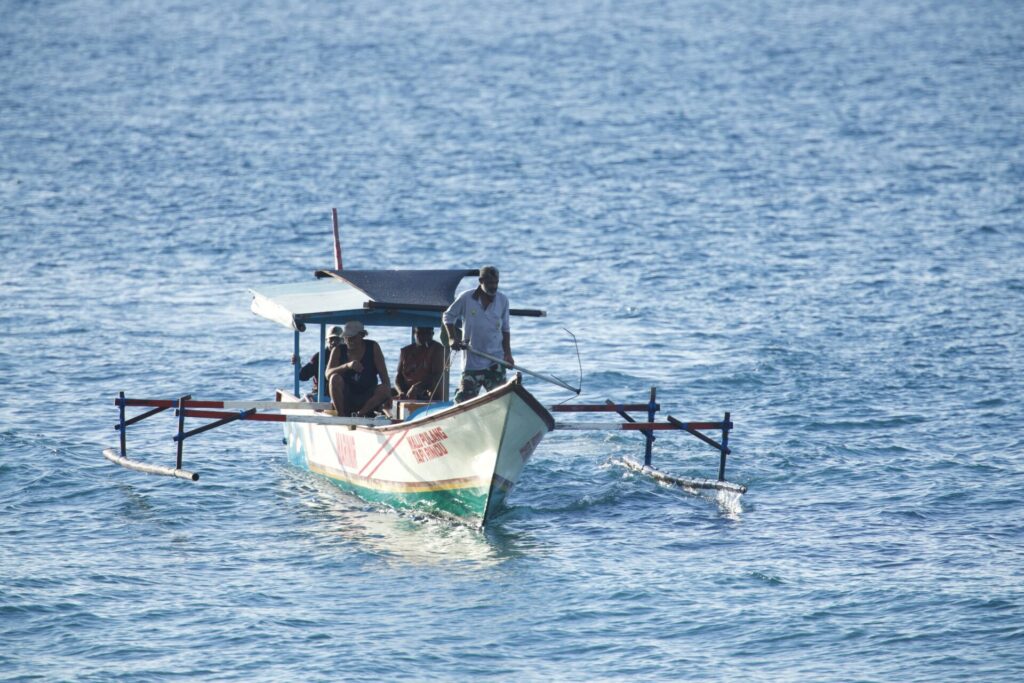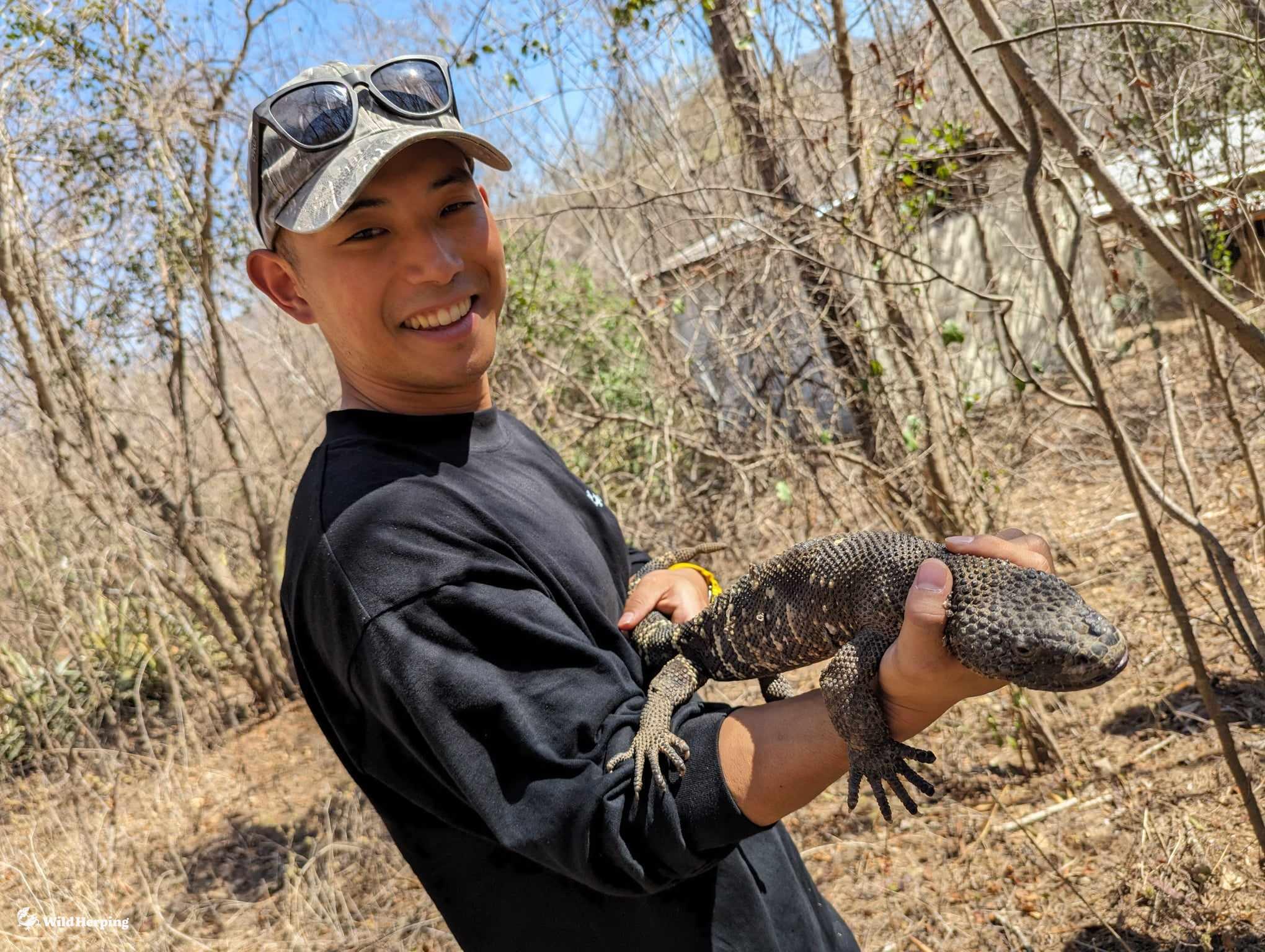Continuing from the previous reports, we now share our observations from the Arfak Mountains, located about a 3-hour drive from Manokwari. The Arfak Mountains, with an elevation of over 2,000 meters, offer a cool climate unlike most parts of Indonesia, with daily temperatures ranging from 15–20°C. Despite challenging conditions such as cold water showers and beds infested with mites, the unique wildlife of Arfak made it all worthwhile.
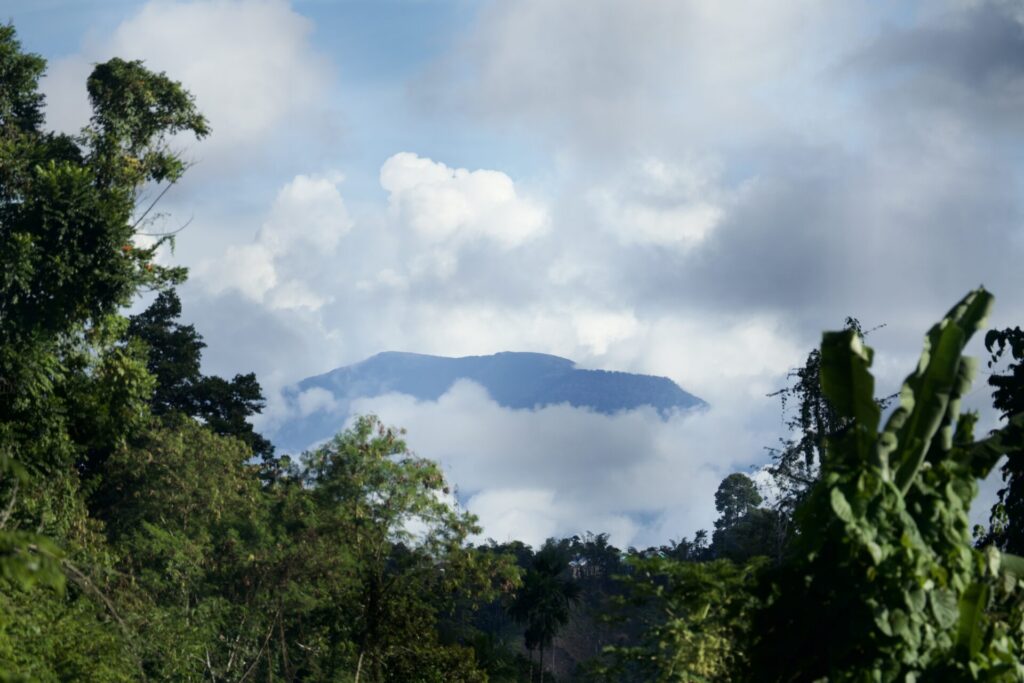
Due to a significant flight delay, we arrived in the late afternoon and immediately set out for a night walk.
Arfak Ringtail Possum (Pseudocheirus schlegeli) was one of our first sightings. This rare marsupial, endemic to the Arfak Mountains, is arboreal and adapted to life in the trees with a long, prehensile tail. Even local guides, unfamiliar with regular night walks, gave various opinions—some calling it a bat, others a kangaroo.
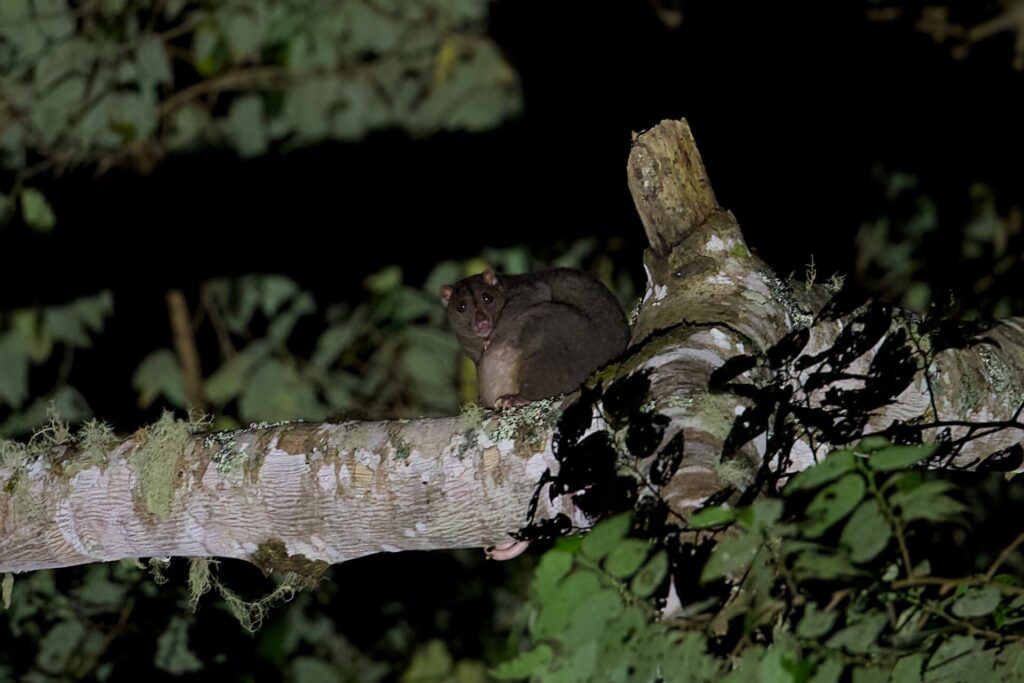
Stein’s Cuscus (Phalanger vestitus) moved slowly and seemed to curiously observe us as much as we observed it. This adorable marsupial has a bare tail tip, which helps it grip branches while climbing.

The next morning, we headed to bird hides, a common method in Arfak to observe the region’s elusive species.
Our first hide targeted the Vogelkop Bowerbird (Amblyornis inornata). Though dull in plumage, this species is a true artist—males build elaborately decorated “gardens” from forest items to attract females.
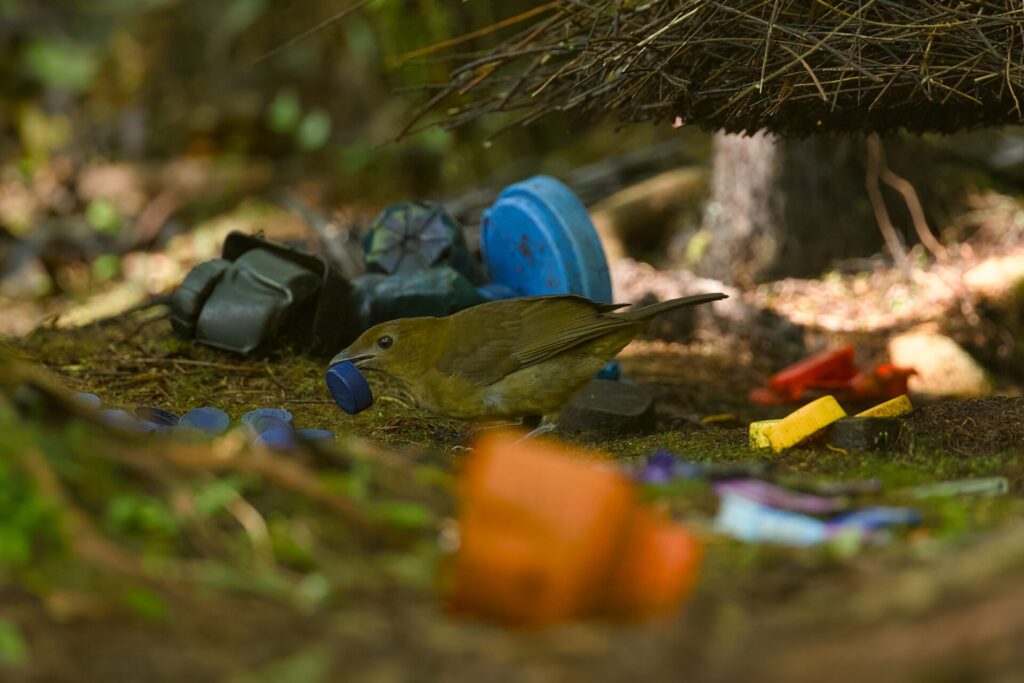

Next was the Western Parotia (Parotia sefilata), one of Arfak’s most iconic species. The male’s ballerina-like dance captivated us, performed repeatedly just meters away.

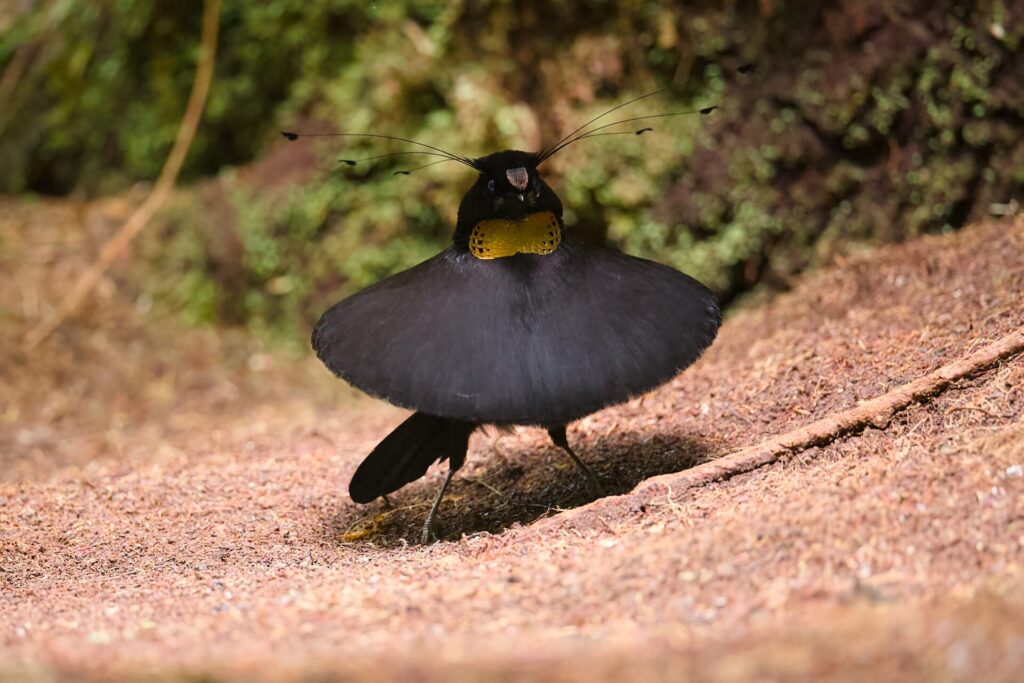
While females have similar eye coloration, the sexual dimorphism between males and females was striking.

We also observed the Magnificent Bird-of-paradise (Diphyllodes magnificus), a striking species with a broader range but still rarely seen. Its appearance closely resembles the Wilson’s Bird-of-paradise (Cicinnurus respublica) found in Raja Ampat.

As this bird clears its display area of leaves, earthworms appear after rain. This attracted a Papuan Pitta (Erythropitta macklotii) to the site. Though damp from rain, this colorful bird fluffs up into a round ball when dry.
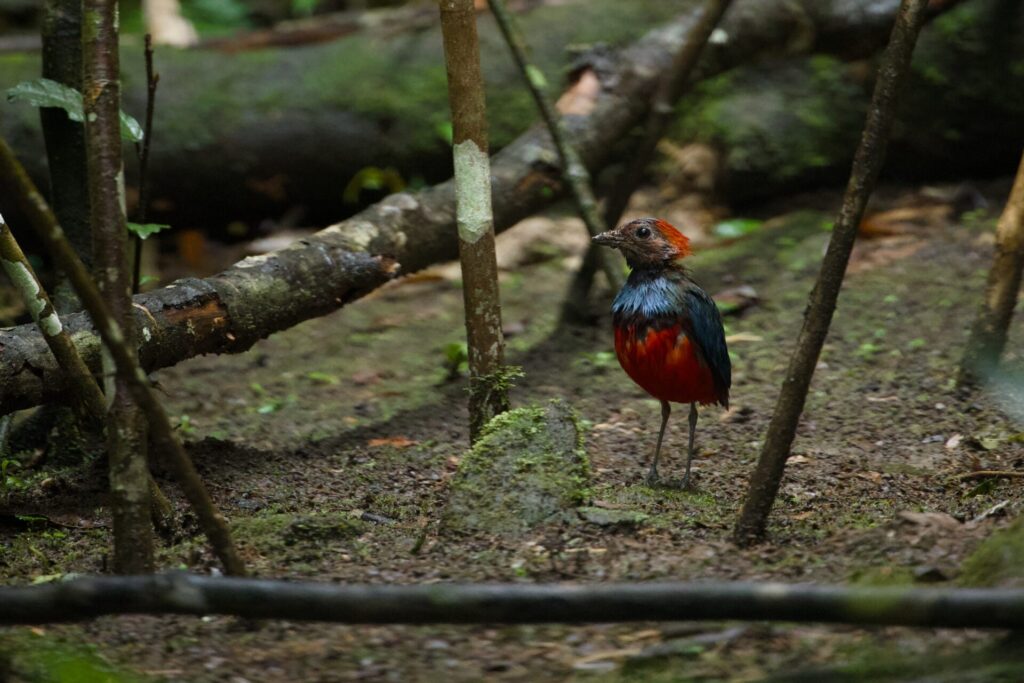
Nearby, we found a resting Mountain Owlet-nightjar (Aegotheles albertisi). Despite its owl-like appearance and behavior, this primitive nocturnal bird is part of a separate lineage endemic to New Guinea.
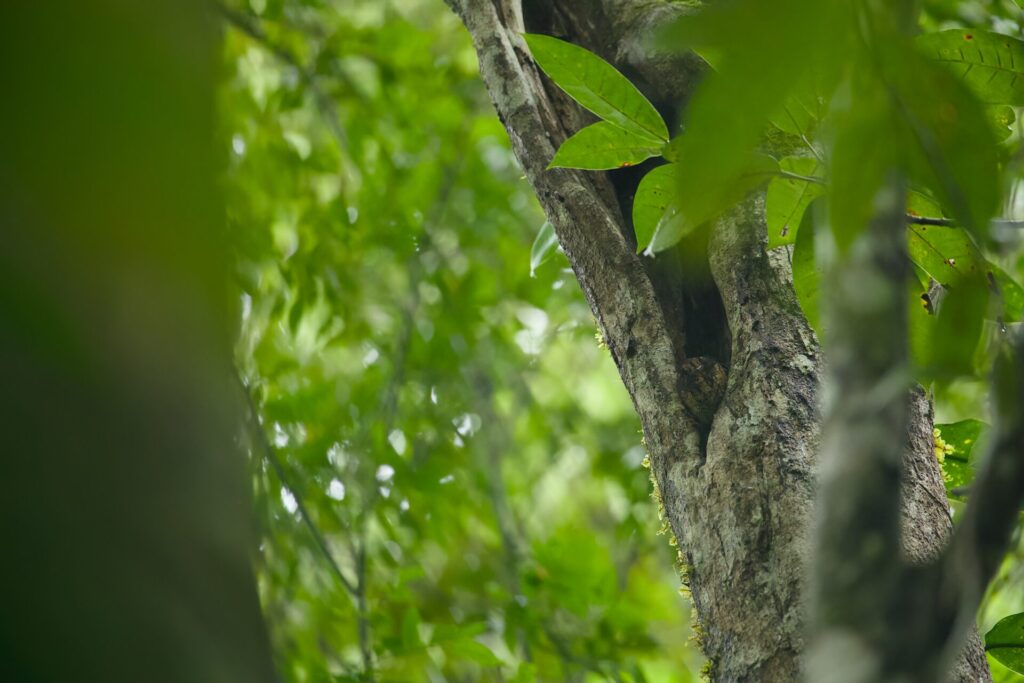
Another visitor was the Superb Bird-of-paradise (Lophorina latipennis). This male displayed its iconic iridescent blue breast shield and striking yellow mouth interior—a brilliant but puzzling evolution.
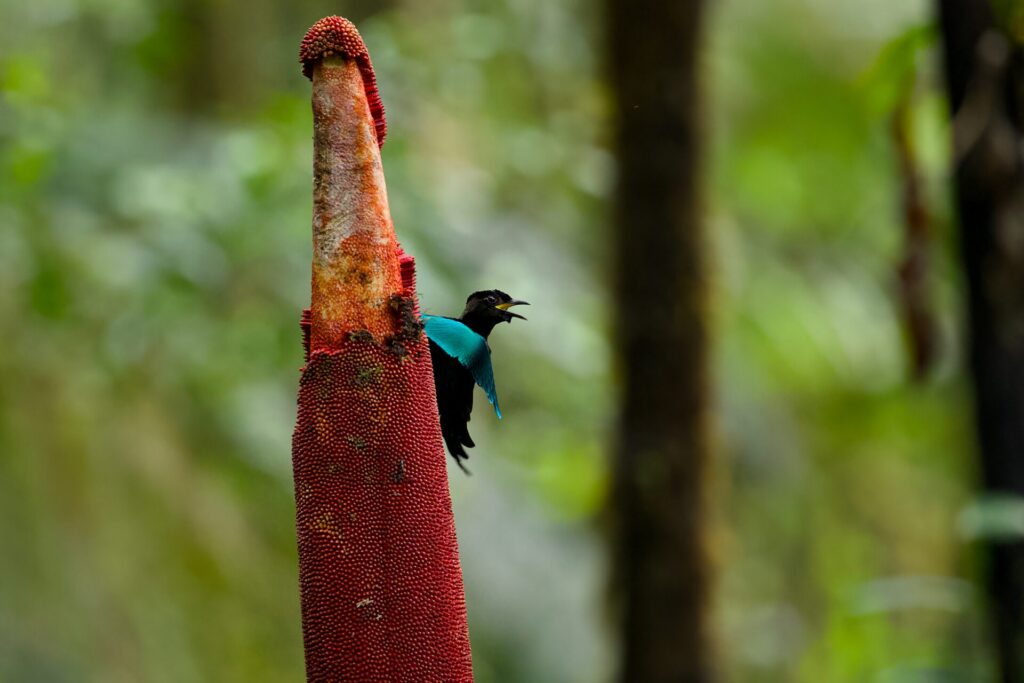
We also spotted a female Black Sicklebill (Epimachus fastosus), known for the male’s extraordinary display.
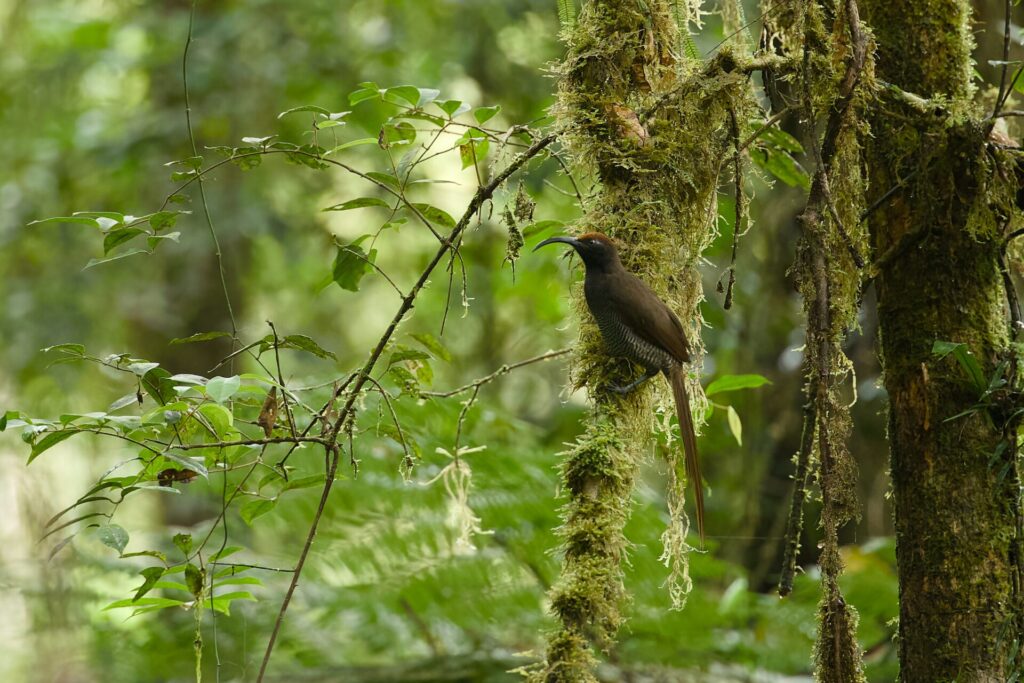
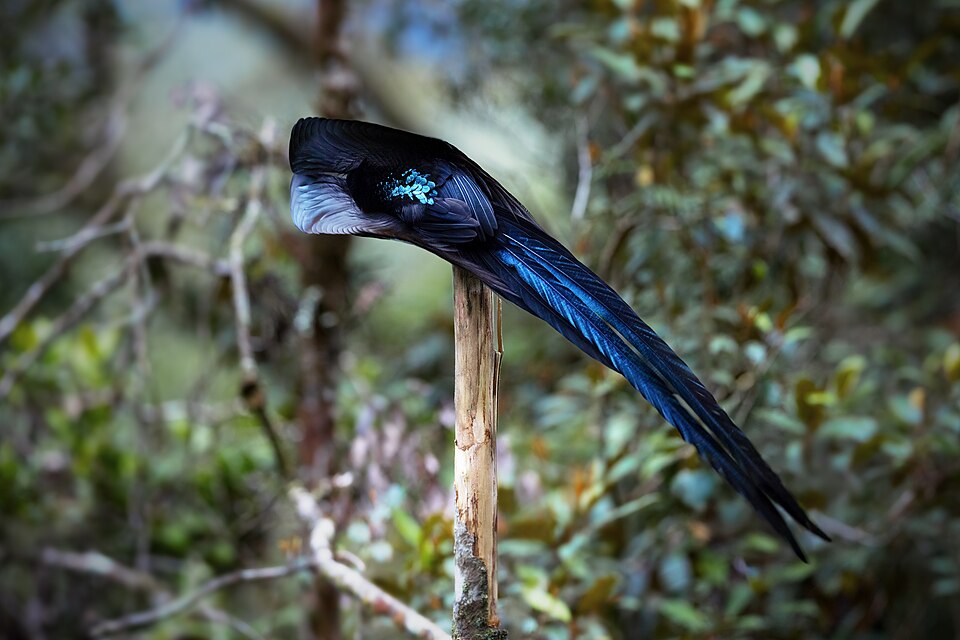
A true highlight was the Long-tailed Paradigalla (Paradigalla carunculata), a mountain endemic and highly localized species. Our guide was visibly excited, as sightings have become increasingly rare.
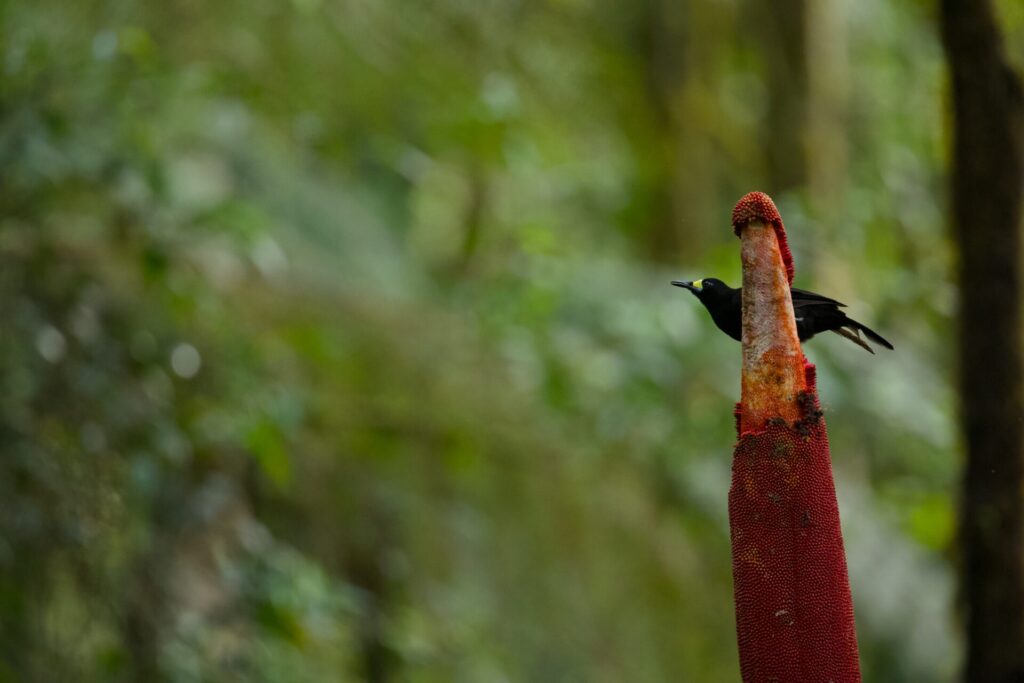
During our midday break at the lodge, we were visited by the stunning Rothschild’s Birdwing (Ornithoptera rothschildi), a rare butterfly species.
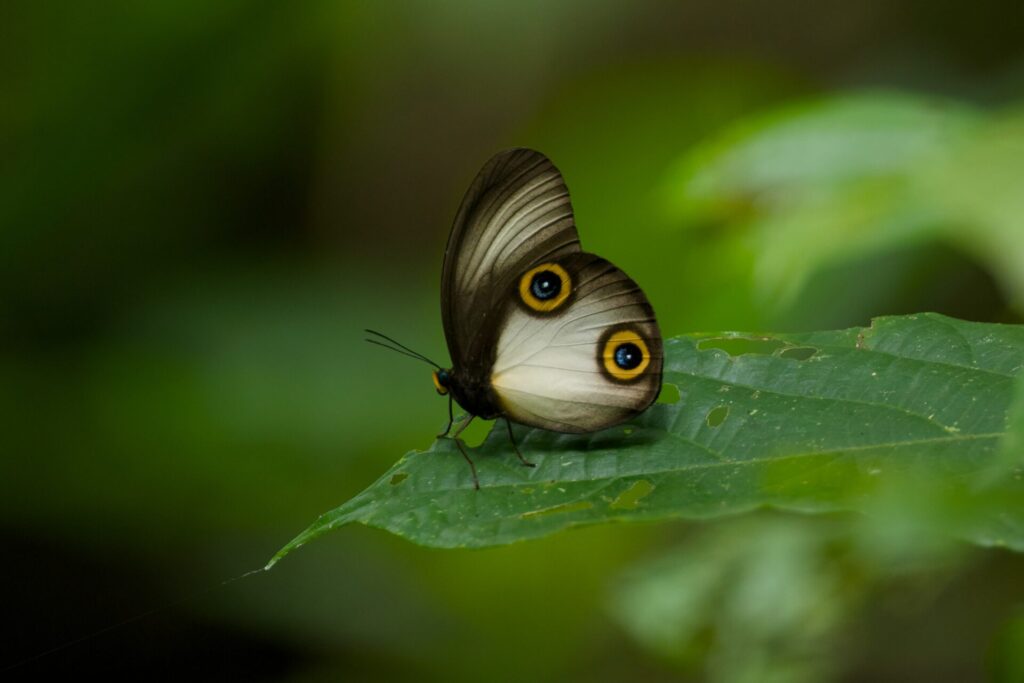
Among the more understated but charming species was the Ashy Robin (Heteromyias albispecularis), observed in the underbrush.
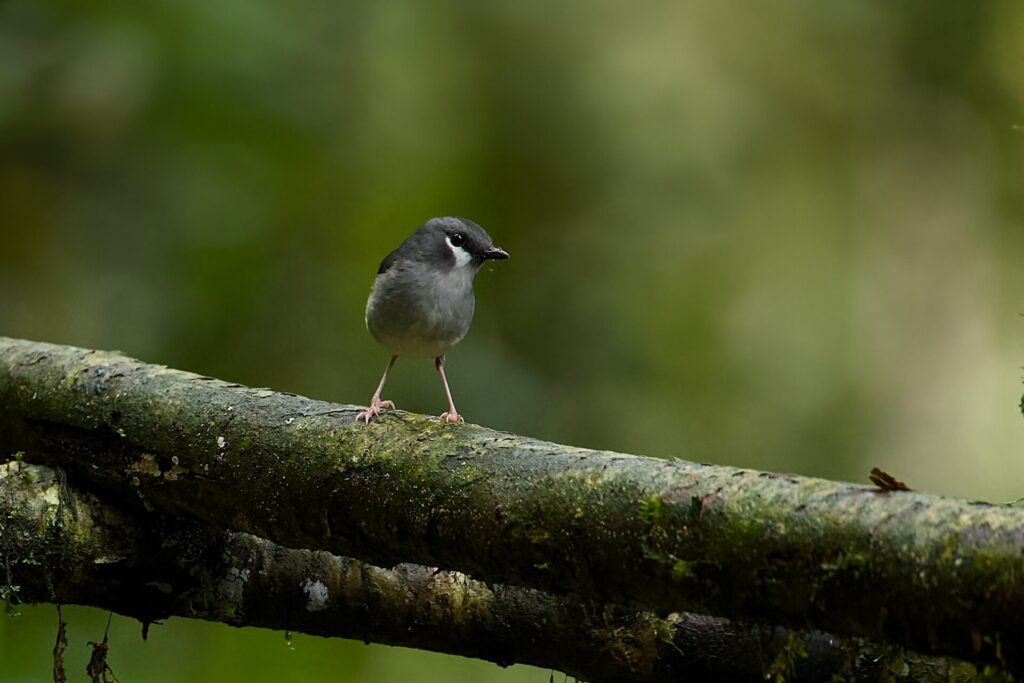
The loud calls of the Sulphur-crested Cockatoo (Cacatua galerita) echoed across the mountains as flocks flew overhead.
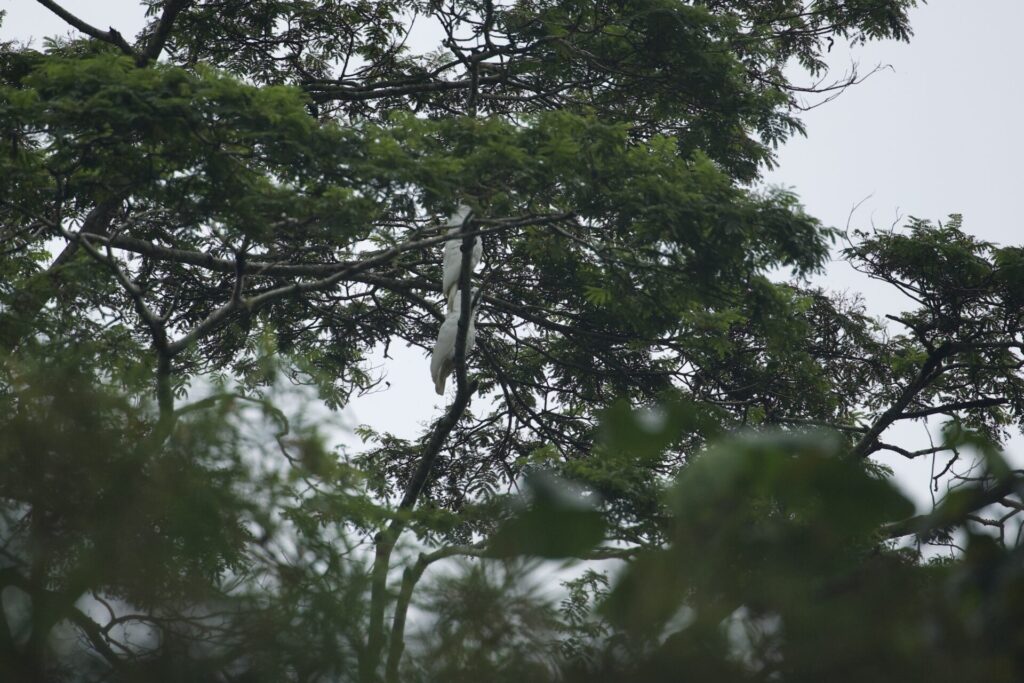
We also saw the Arfak Honeyeater (Melipotes gymnops), feeding on flowers near the lodge.
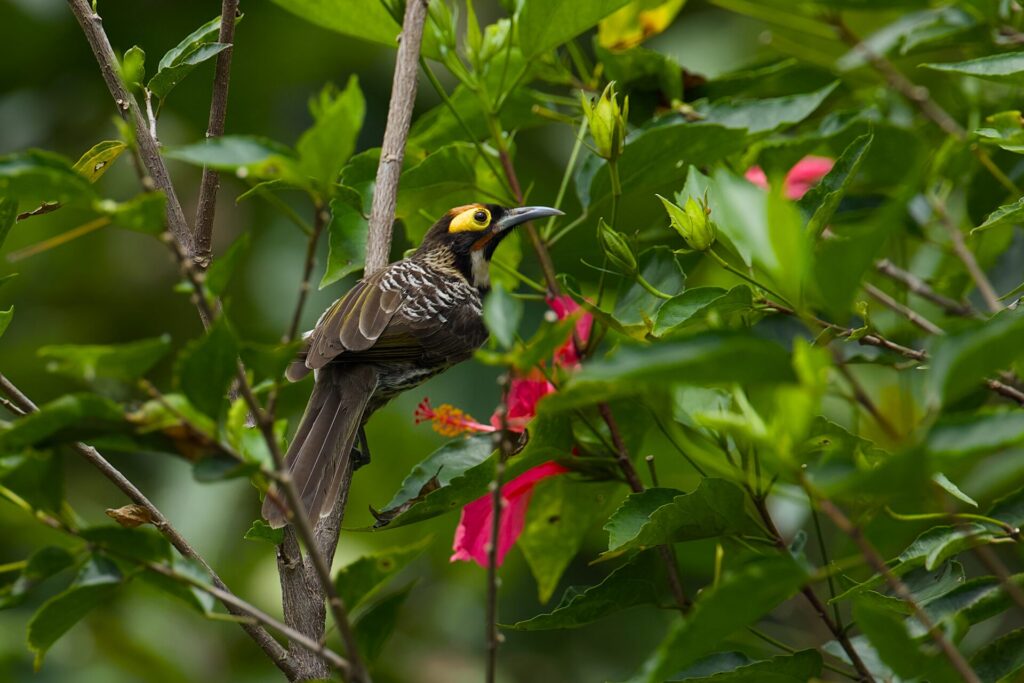
We also spent a full day birdwatching around Manokwari. Early in the morning, we visited Mansinam Island, a historic site for the introduction of Christianity to Papua.

First to appear was the Mangrove Monitor (Varanus indicus), skillfully climbing palm trees for sunbathing. This adaptable reptile is also a proficient swimmer, hunting fish and crabs even in seawater.
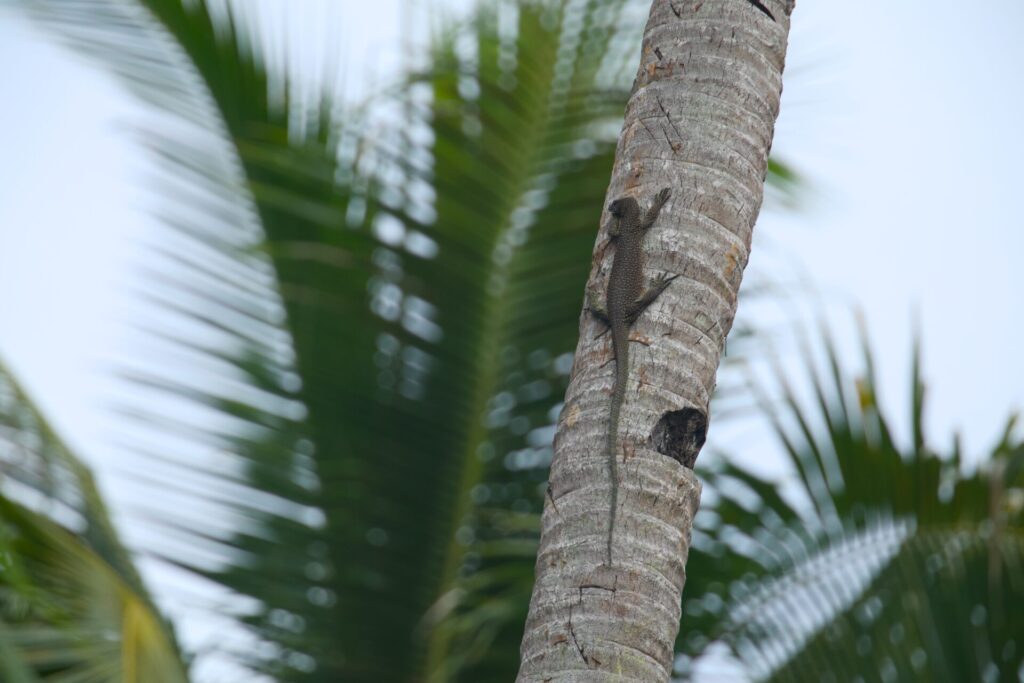
We also observed the dazzling Sahul Sunbird (Cinnyris frenatus), with males and females chasing each other through the canopy—a true gem under the sun.
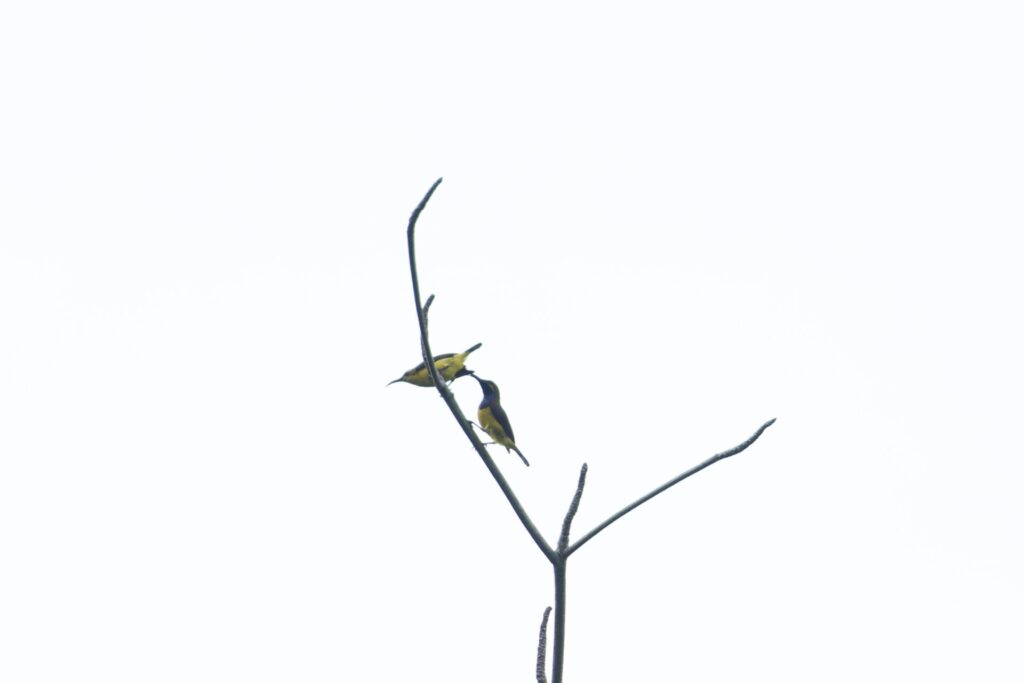
To our surprise, we encountered a local resident proudly showing off a pet flying fox.
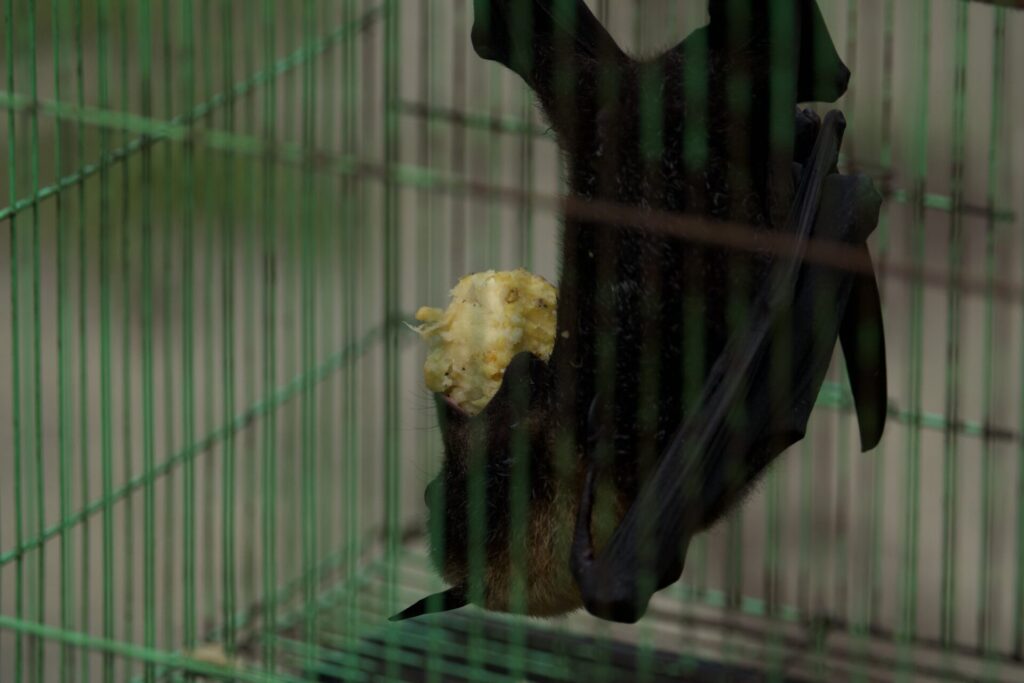
Other sightings included the Barn Swallow (Hirundo rustica) and the Sacred Kingfisher (Todiramphus sanctus).
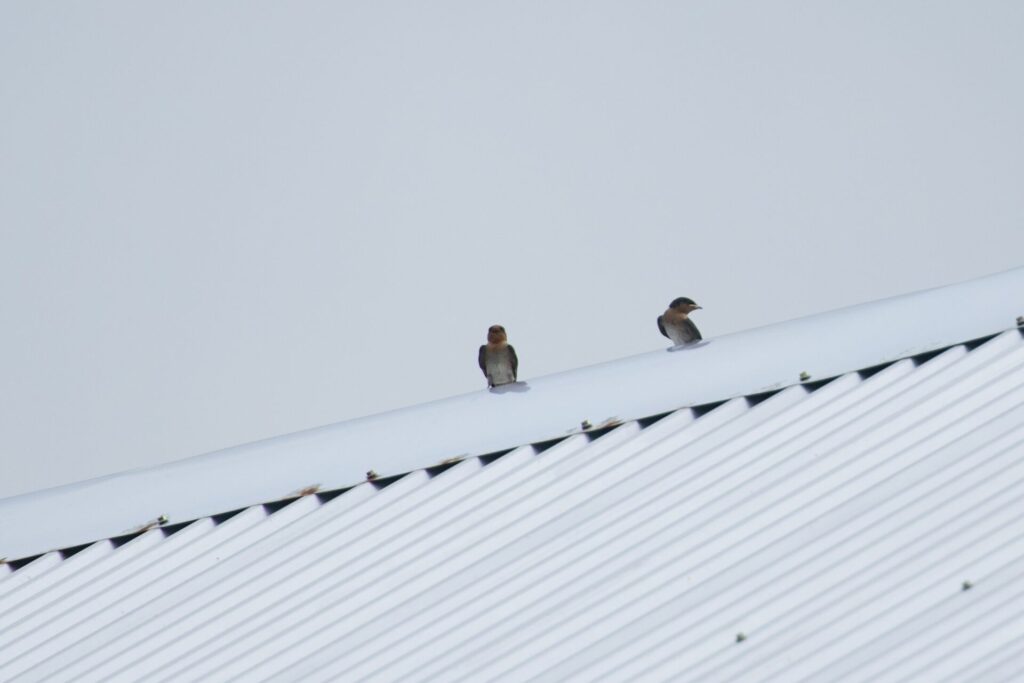
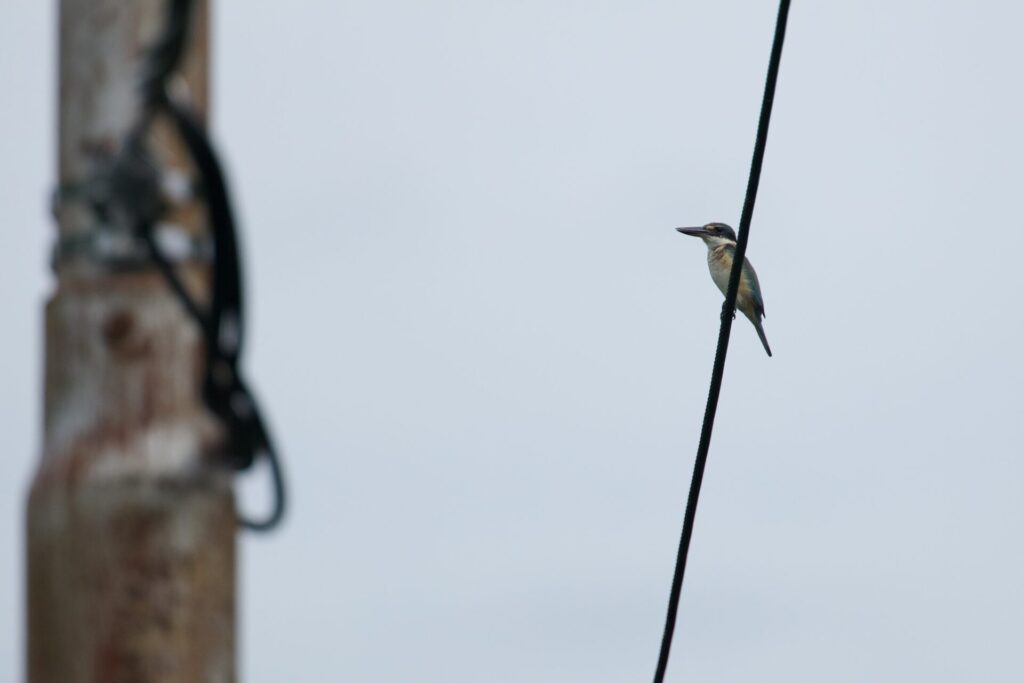
We also spotted the Emerald Tree Skink (Lamprolepis smaragdina) and other skinks before departing the island.


In the afternoon, we explored the forest near Manokwari. During WWII, Japanese troops occupied this area, and remnants like commemorative monuments and a cave—where a soldier reportedly lived for 16 years after the war—can still be found.
One remarkable sight was the Silky Owl butterfly (Taenaris catops), named for the eye-like patterns on its wings.

Colorful insects like grasshoppers and lizards added to the diversity.
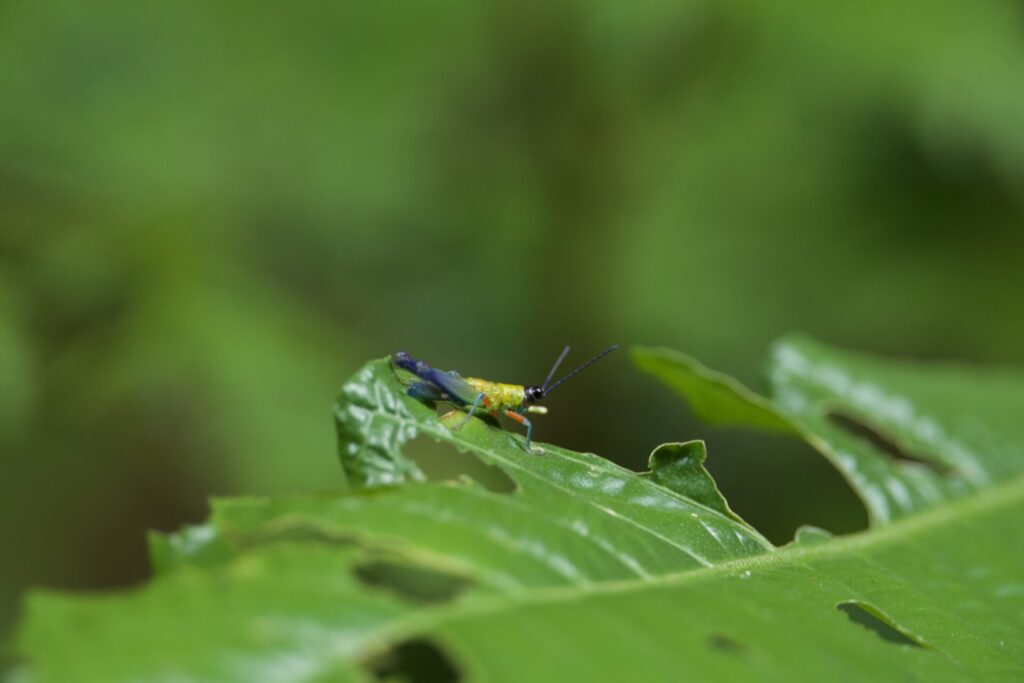
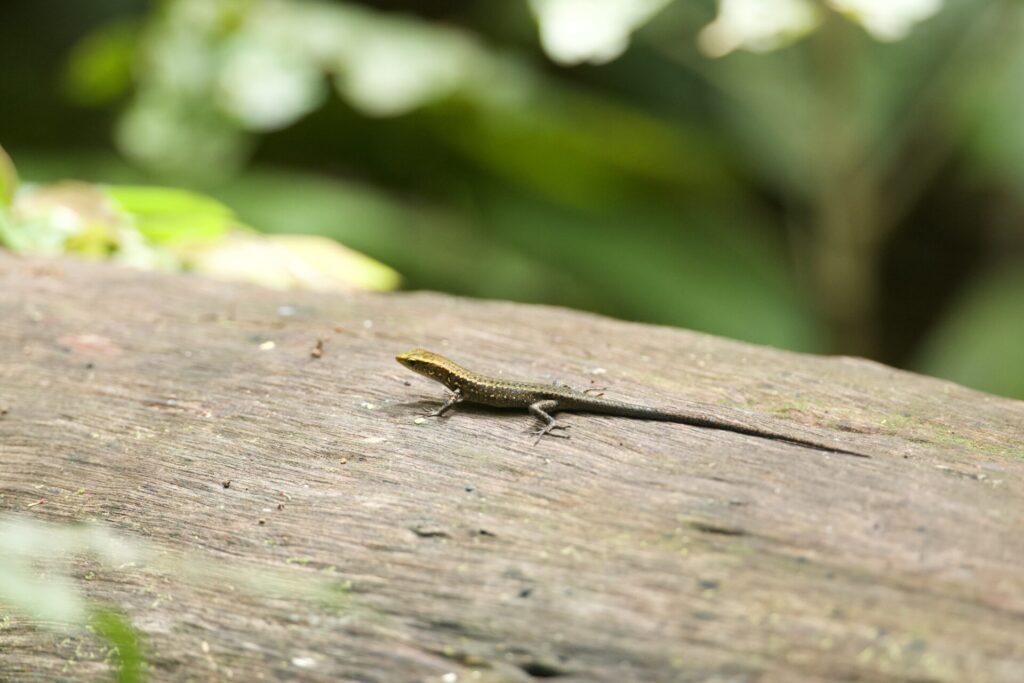
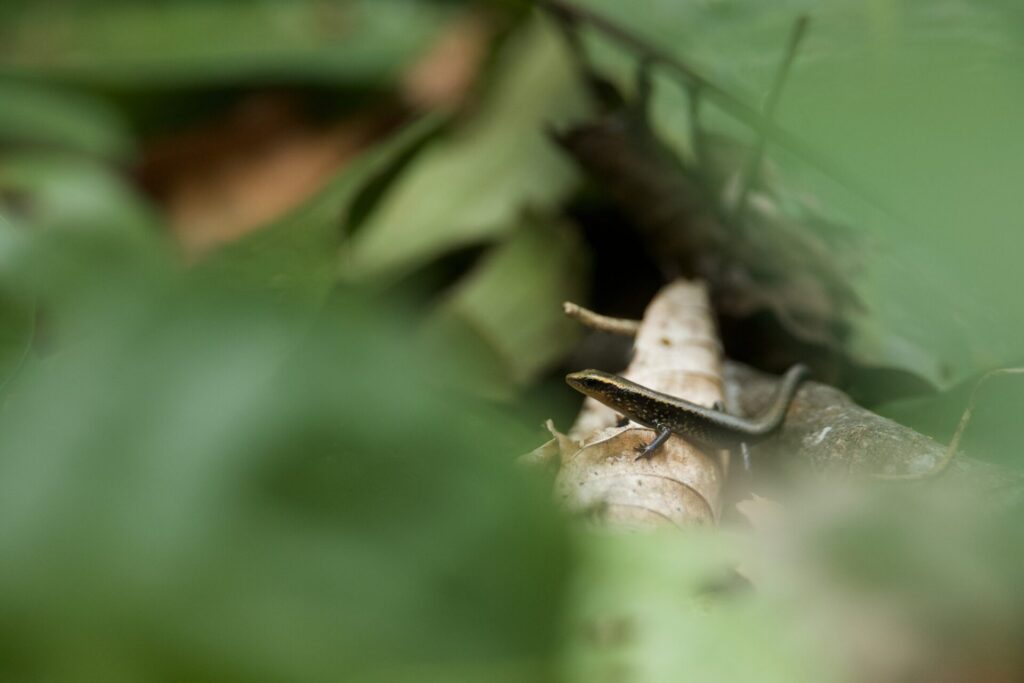
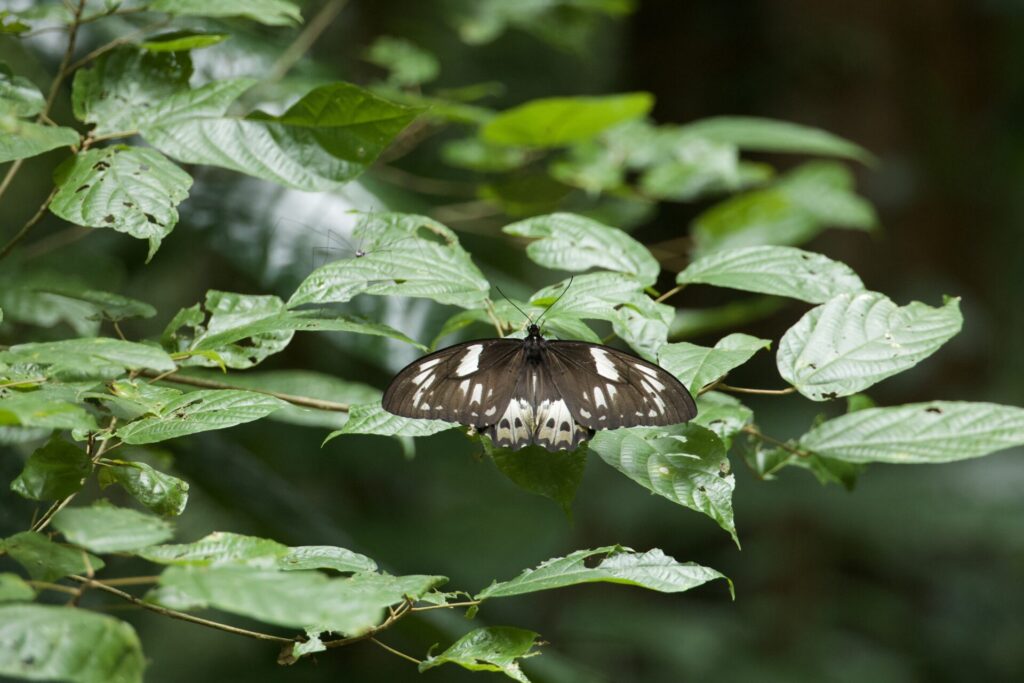
We encountered the Eclectus Parrot (Eclectus roratus), where males are green and females bright red—an extreme case of sexual dimorphism.
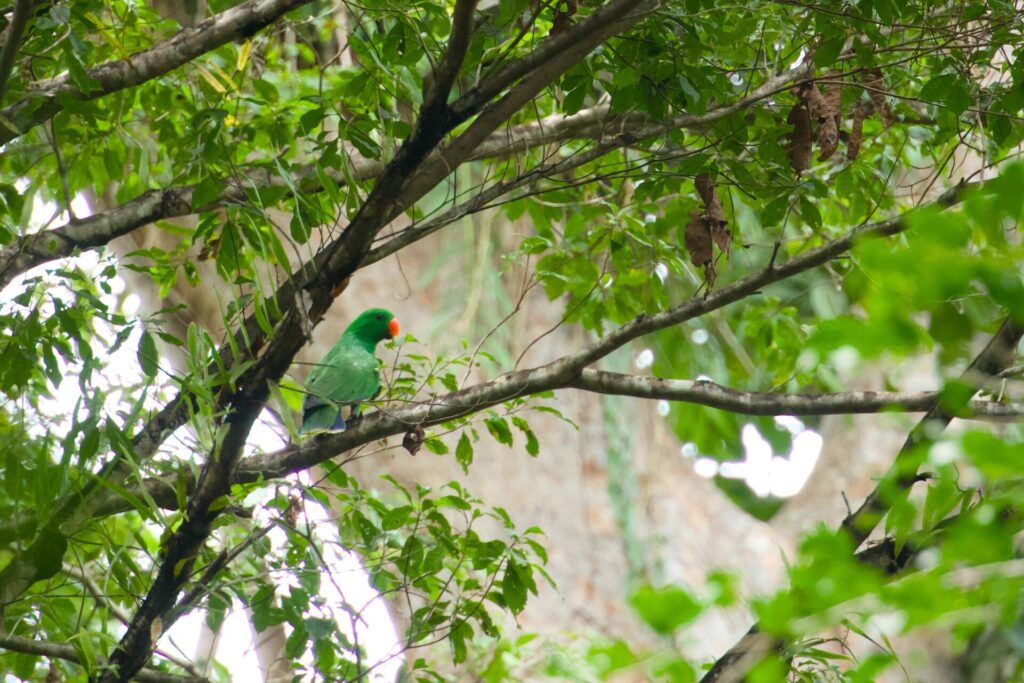
While walking along the coast, we looked up to see a soaring Great Frigatebird (Fregata minor), with its long wings and forked tail.

In the same area, we also observed the Brahminy Kite (Haliastur indus), which favors fish and is often seen near water.
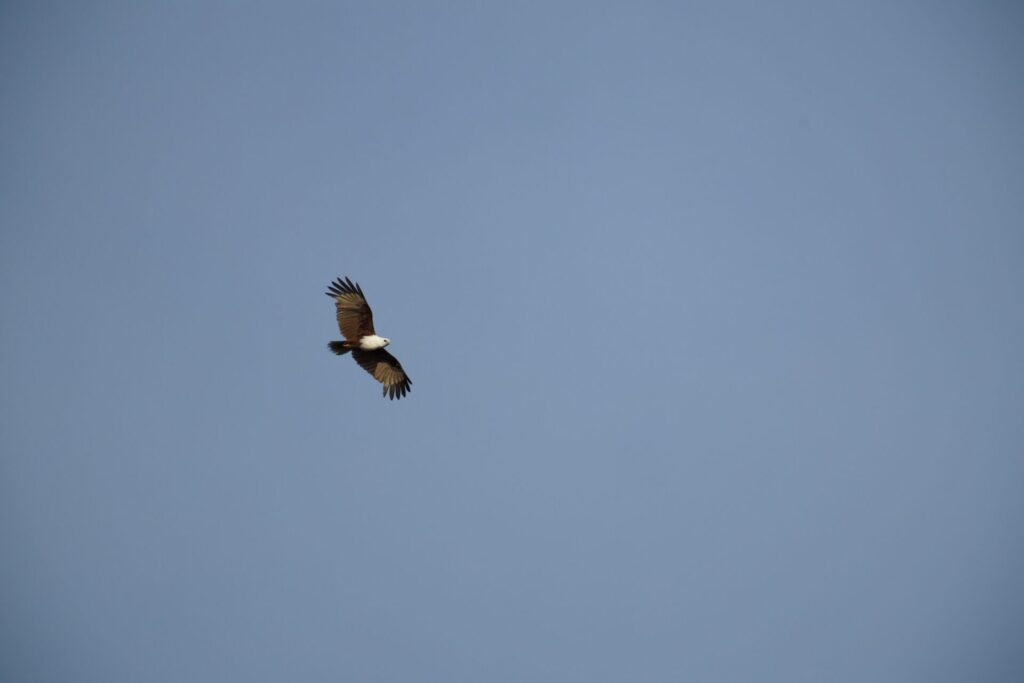
Another highlight was the Black Sunbird (Leptocoma sericea). Despite being in the same region, we noted a different species from the morning—another example of vibrant biodiversity. Their lifestyle resembles that of hummingbirds, though the two lineages are unrelated, illustrating convergent evolution.
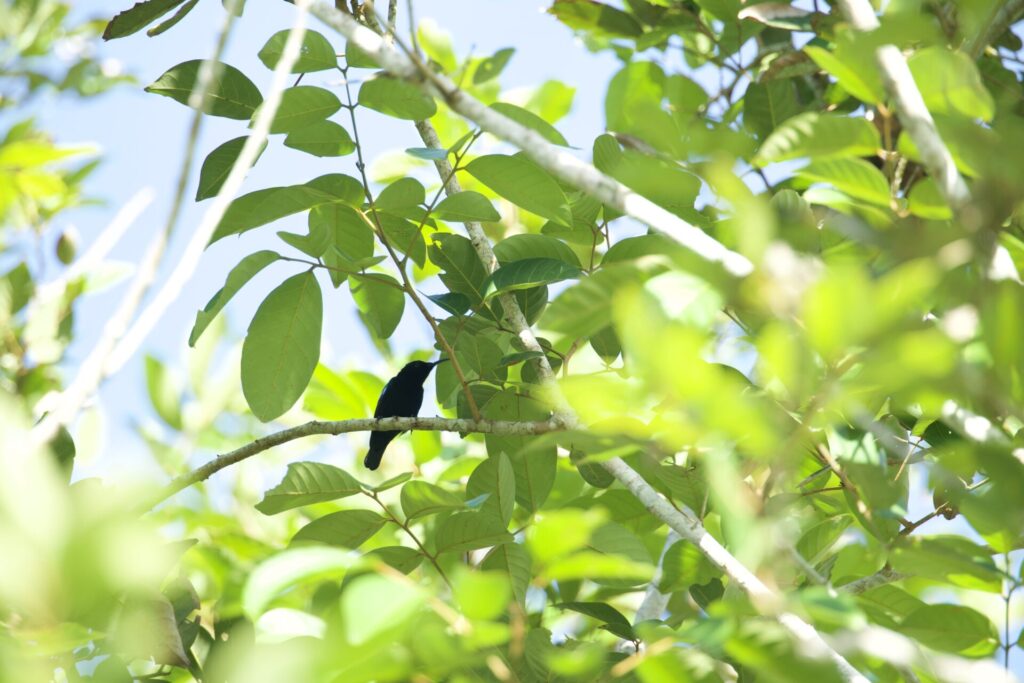
Also observed was the Olive-crowned Flowerpecker (Dicaeum pectorale), a tiny nectar-feeding bird with a short bill and brush-tipped tongue.
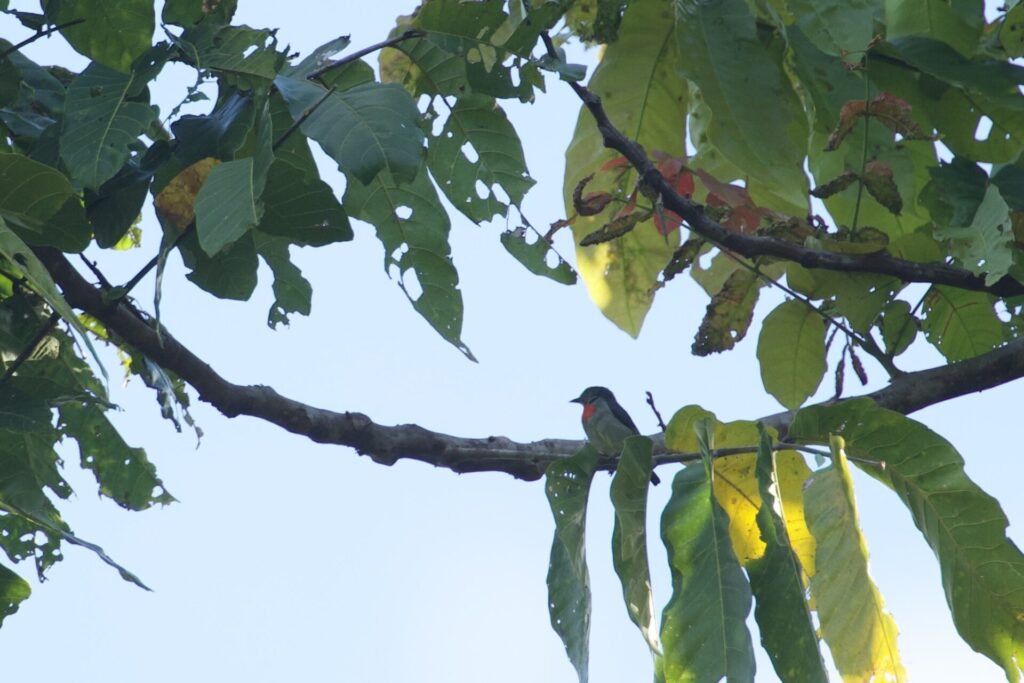
In the evening, we walked the coastline searching for the Palm Cockatoo (Probosciger aterrimus). Although we didn’t spot it this time, we did find many of its favorite fruits—perhaps next time we’ll be lucky.
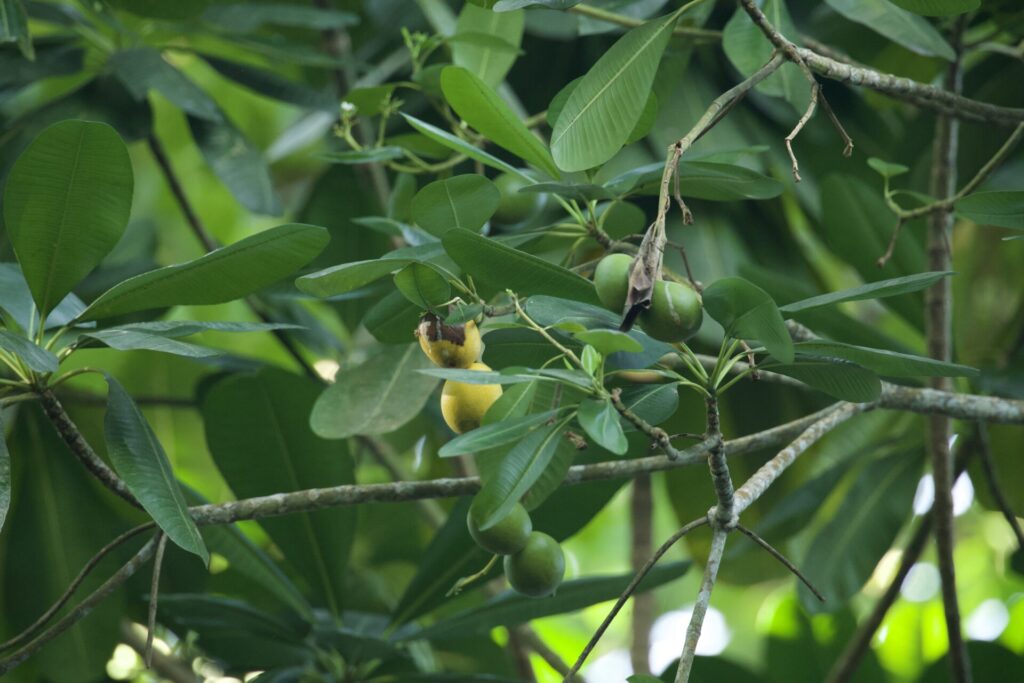
That concludes our report from historic and biodiverse Manokwari!
